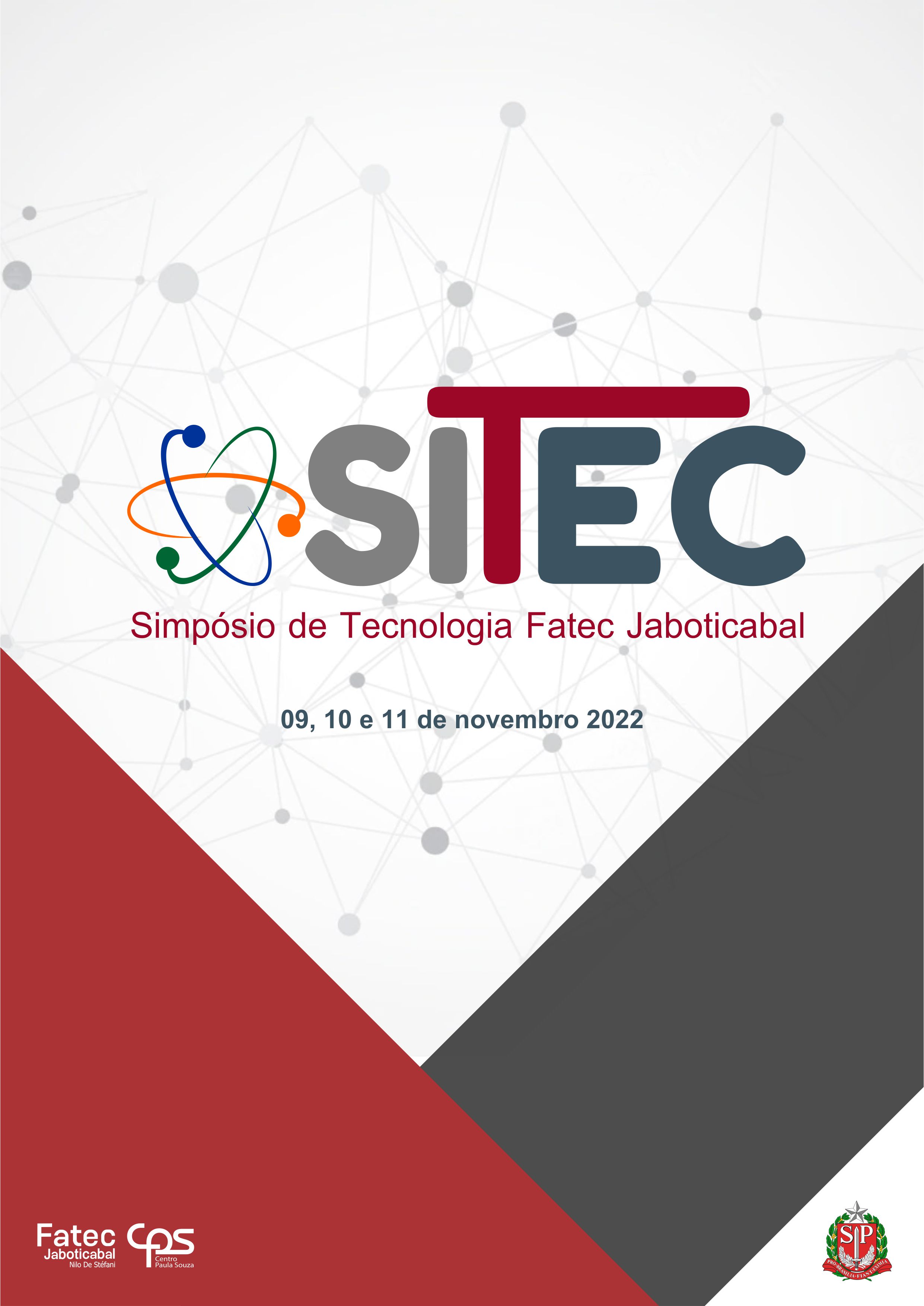O USO DE CAVACOS DE MADEIRA NA INDÚSTRIA CERÂMICA E A CONSEQUENTE GERAÇÃO DE CINZAS
DOI:
https://doi.org/10.52138/sitec.v12i1.247Palavras-chave:
Sinterização. Queima. Eucalipto. ArgilaResumo
A sinterização ou “queima” é a etapa onde o calor transforma argila em cerâmica. Uma indústria cerâmica do município de Jaboticabal, SP utiliza cavacos de madeira para aquecimento dos fornos. A combustão dos cavacos produz energia e calor de maneira eficiente e sustentável, entretanto, resulta na produção de cinzas. O conhecimento das particularidades da biomassa queimada auxilia na definição de uma aplicação para as cinzas e no estabelecimento de estratégias para sua redução. O objetivo do trabalho foi caracterizar lotes de cavacos utilizados pela empresa e relacionar com a quantidade de cinzas produzidas. Foram avaliados três lotes, dos quais nove amostras foram coletadas. Analisou-se densidade, umidade, porcentagem de casca, granulometria e cinzas produzidas nos fornos. A densidade variou de 246 a 271 kg/m3. Lotes 2 e 3 apresentaram umidade de 7% e Lote 1 de 24%. A proporção de cascas variou de 10,8 a 19,7%. A produção de cinzas foi de 2%. Cavacos livres de cascas, produzem 0,6% de cinzas enquanto as cascas produzem 2,15%. Cerca de 50kg de cinzas são produzidos em cada forno por queima. A cinza apresenta granulometria predominantemente fina. Há uma variação considerável entre os lotes de cavacos, principalmente quanto à umidade e porcentagem de casca. Cavacos com mais casca tendem a produzir mais cinzas e cavacos mais úmidos resultam em maior consumo, pois haverá gasto de energia para evaporação de água. Os dados evidenciam que é possível reduzir as cinzas utilizando cavacos com menos cascas e reduzir o consumo de energia utilizando cavacos mais secos.
Referências
ASSOCIAÇÃO BRASILEIRA DE NORMAS TÉCNICAS (ABNT). NBR 8112. Carvão vegetal: análise imediata. Rio de Janeiro, 1986.
INSTITUTO DE PESQUISAS TECNOLÓGICAS (IPT). Relatório Técnico Nº 153900-205. 2018. 123 p.
JAMES, A. K.; THRING, R. W.; HELLE, S.; GHUMAN, H. S. Ash Management Review - Applications of Biomass Bottom Ash. Energies, 5, 3856-3873. 2012.
LIESKOVSKY, M., JANKOVSKY, M., TRENCIANSKY, M.; MERGANIC, J., DVORAK, J. Ash content vs. The economics of using wood chips for energy: model based on data from central Europe. BioResources, 12 (1), 1579-1592. 2017.
MINISTÉRIO DE MINAS E ENERGIA (MME). Anuário Estatístico do Setor de Transformação de Não Metálicos. 2021. 154p.
NUNES, L. J. R.; MATIAS, J. C. O.; CATALÃO, J. P. S. Biomass combustion systems: a review on the physical and chemical properties of the ashes. Renewable and Sustainable Energy Reviews. V. 53. 235- 242, 2016.
PICCHIO, R.; SPINA, R.; SIRNA, A.; LO MONACO, A.; CIVITARESE, V.; DEL GIUDICE, A.; SUARDI, A.; PARI, L. Characterization of Woodchips for Energy from Forestry and Agroforestry Production. Energies, 5, 3803-3816. 2012.
TAPPI. T 211 om-02. Ash in wood, pulp, paper and paperboard: combustion at 525ºC. 2002, 5 p.
WANG, L.; HUSTADA, J. E.; SKREIBERGB, Ø.; SKJEVRAKA, G.; GRØNLIA, M. A critical review on additives to reduce ash related operation problems in biomass combustion applications. Energy Procedia, 20. p. 20-29, 2012.
Downloads
Publicado
Edição
Seção
Licença
Copyright (c) 2023 Ciência & Tecnologia

Este trabalho está licenciado sob uma licença Creative Commons Attribution 4.0 International License.


